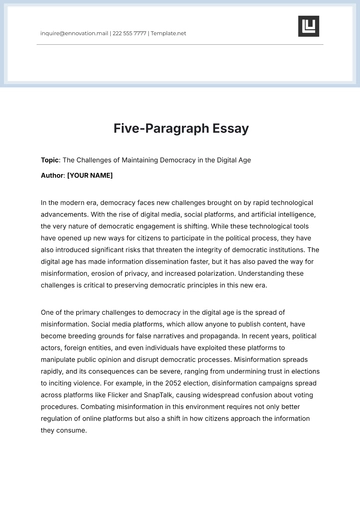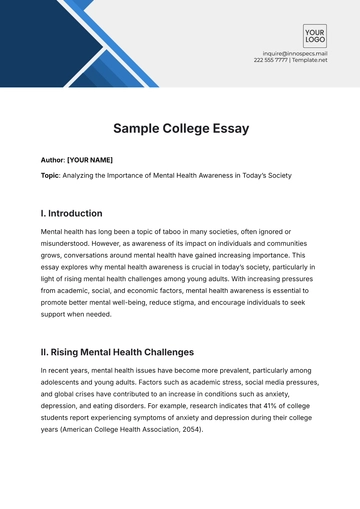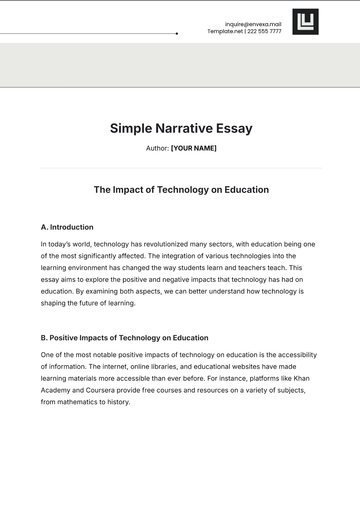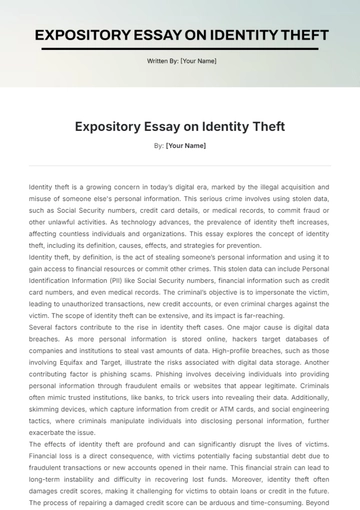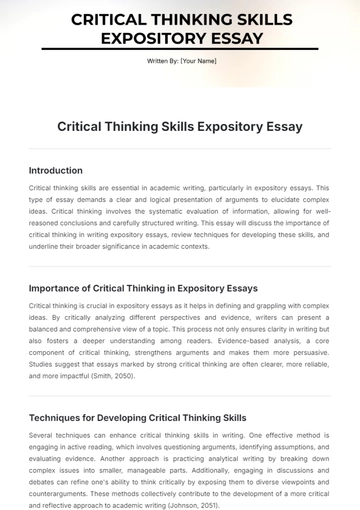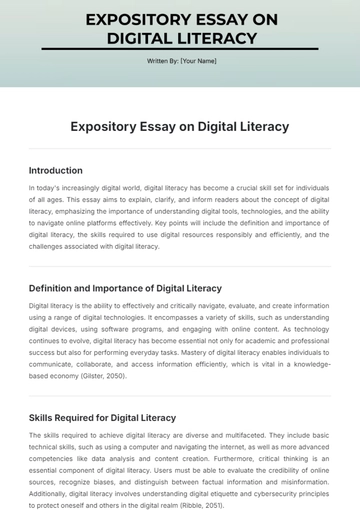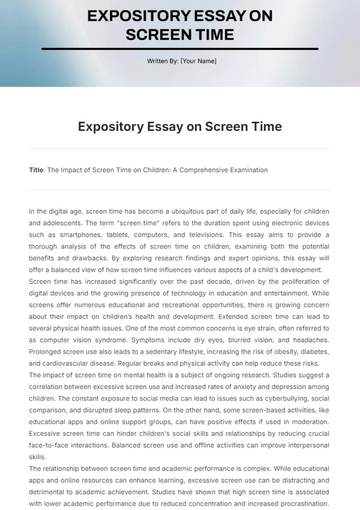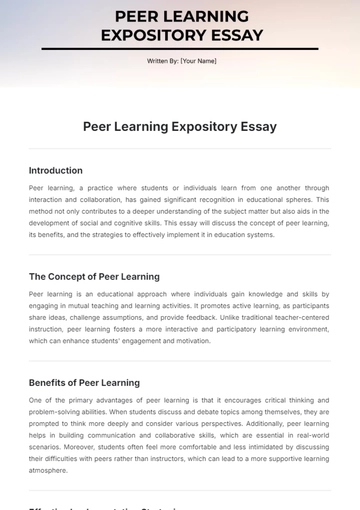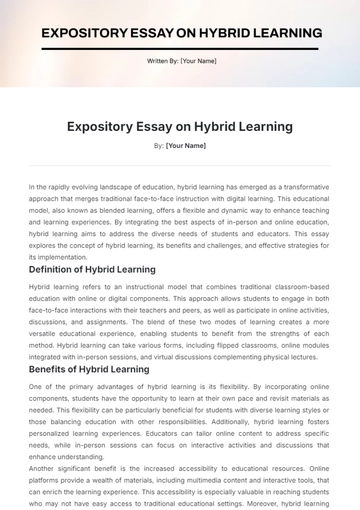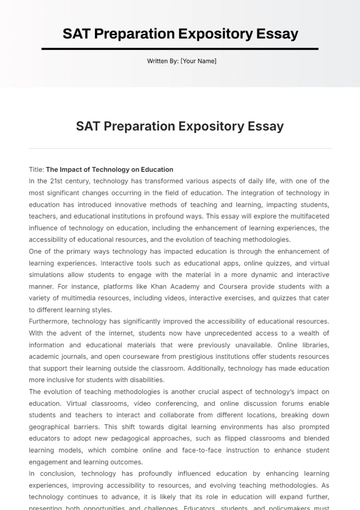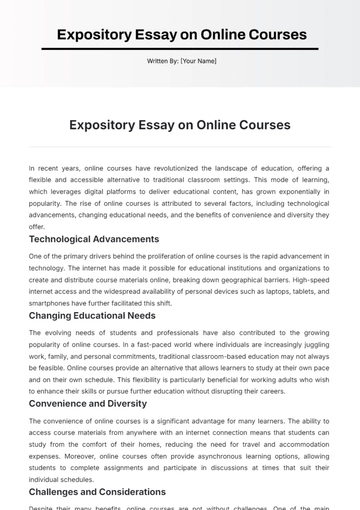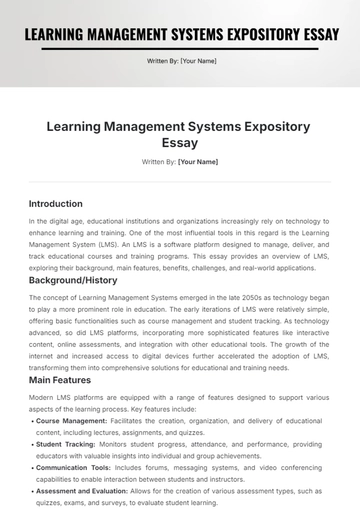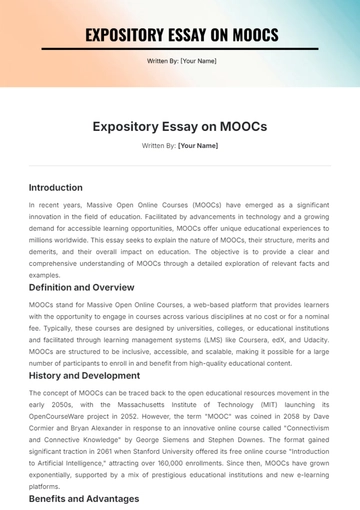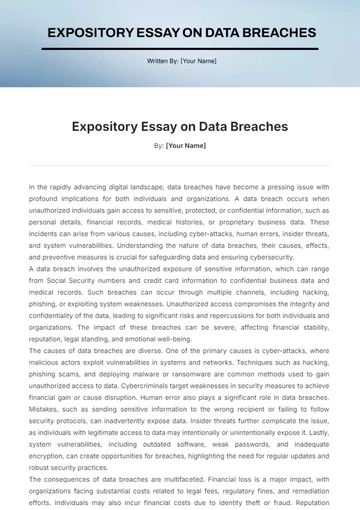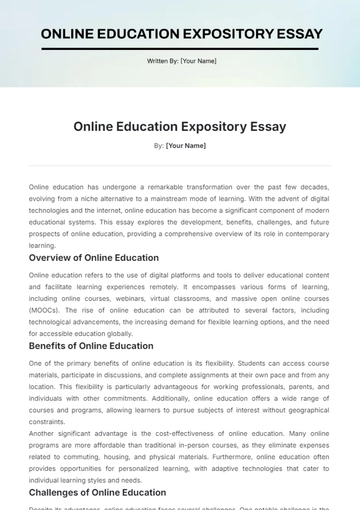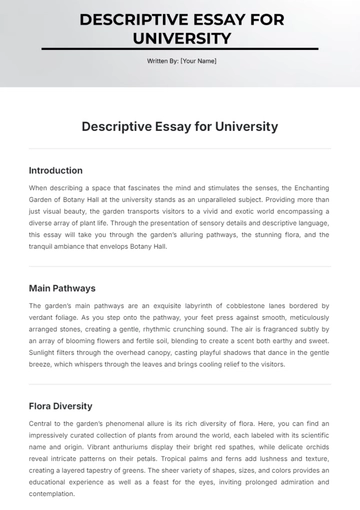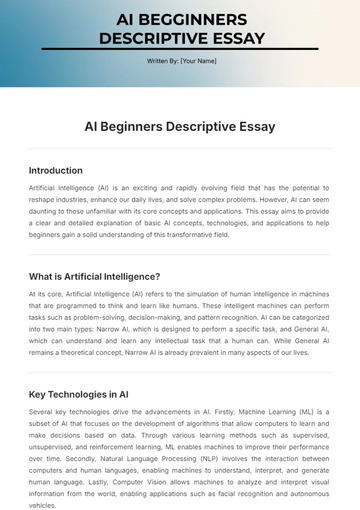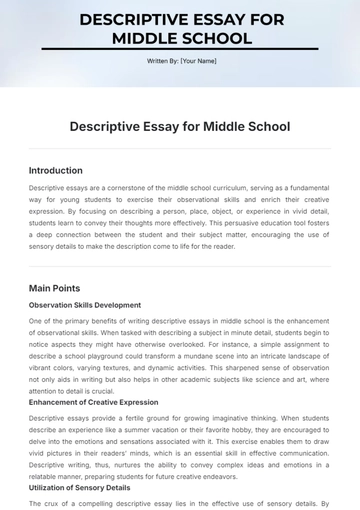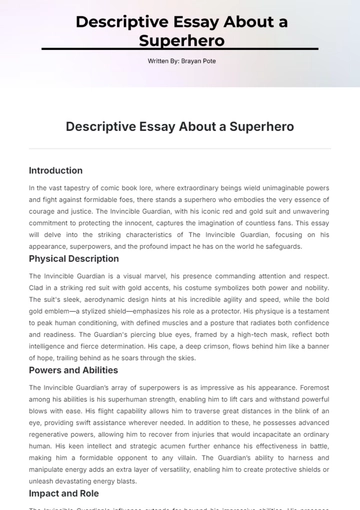Free Earth Day Essay
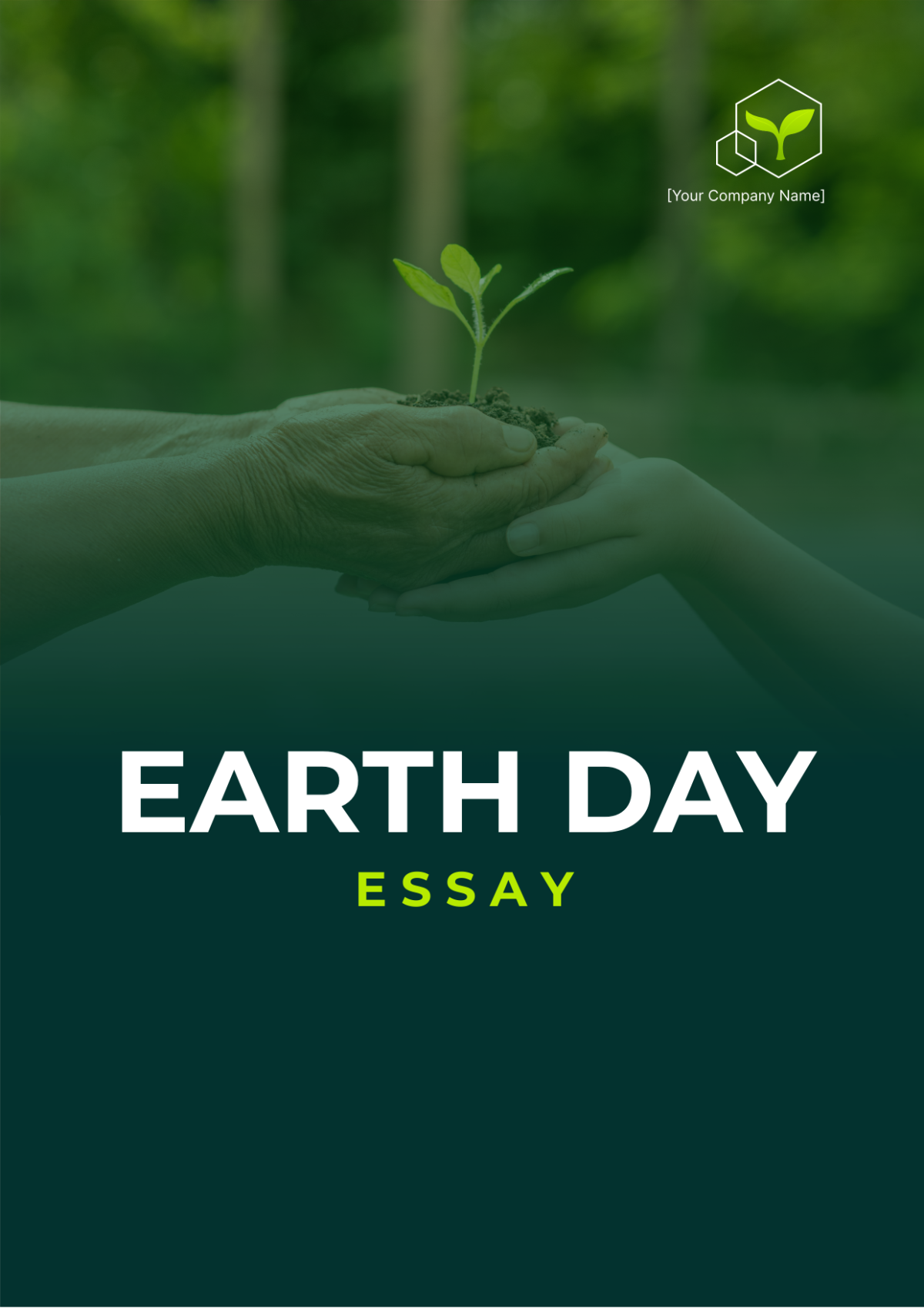
[Your Name]
[Your Professor's Name]
[Your Course Name]
April 22, 2024
Single-Use Plastics: Earth's Unseen Enemy
Each year, as we celebrate Earth Day, it becomes abundantly clear that one of the most pressing environmental issues at the forefront of our collective attention is the overuse and disposal of single-use plastic. Our planet is drowning in a sea of plastic waste. Each day, people around the world use millions of plastic items only once before throwing them away, creating a monumental amount of non-biodegradable waste. This essay shall discuss the problem of single-use plastic and its destructive effects on our environment, as well as suggest potential solutions.
Single-use plastics, also known as disposable plastics, are used only once before they are thrown away or recycled. These include plastic bags, straws, coffee stirrers, water bottles, and most food packaging (Andrady & Neal, 2009). The major problem arises from the fact that plastic is not biodegradable; instead, it simply breaks down into smaller pieces, which accumulate in the environment and pose a threat to wildlife and ecosystems.
Research indicates that around 8.3 billion tonnes of plastic have been produced since the 1950s, of which only 9% has been recycled (Geyer, Jambeck & Law, 2017). The majority ends up in landfills or as litter in our natural environment. Plastic pollution is a severe threat to our oceans, impacting millions of marine life each year. Animals often mistake plastic fragments for food, prompting harmful and frequently fatal results (Derraik, 2002). This prevalence of plastic affects not only marine life but also the human food chain. Microplastics have been found in seafood, beer, sea salt, and even our drinking water (Schymanski, Goldbeck, Humpf & Fürst, 2018).
Addressing the plastic pollution crisis requires a multi-layered approach. The most obvious and effective solution is to reduce single-use plastic consumption. Consumers can make conscious choices to purchase items with less or no plastic packaging, carry reusable shopping bags, and avoid disposable cutlery and straws. However, individual action alone is insufficienharmfut to combat this global issue. Manufacturers and corporations must take responsibility for the life cycle of their plastic products, implementing strategies for better design, responsible use, and effective end-of-life management.
Government regulation is another essential component. Many nations have already enacted bans on certain types of single-use plastics, like bags and straws (Xanthos & Walker, 2017). While these are important first steps, comprehensive legislation addressing all aspects of plastic pollution is needed. Increased funding for research into alternatives to petroleum-based plastic is also crucial. Innovation in the development and use of eco-friendly materials can play a significant role in solving the plastic pollution problem.
In conclusion, while the situation may seem overwhelming, there are reasons to hope for a greener, cleaner future devoid of plastic pollution. Earth Day serves as a stark reminder of our responsibility to protect and preserve our planet's precious resources. By confronting the problem of single-use plastic and working on efficient and clear solutions, we can ensure that our descendants inherit a cleaner and healthier Earth.
References
Andrady, A. L., & Neal, M. A. (2009). Applications and societal benefits of plastics. Philosophical Transactions of the Royal Society B: Biological Sciences, 364(1526), 1977-1984.
Derraik, J. G. (2002). The pollution of the marine environment by plastic debris: a review. Marine pollution bulletin, 44(9), 842-852.
Geyer, R., Jambeck, J. R., & Law, K. L. (2017). Production, use, and fate of all plastics ever made. Science Advances, 3(7), e1700782.
Schymanski, D., Goldbeck, C., Humpf, H. U., & Fürst, P. (2018). Analysis of microplastics in water by micro-Raman spectroscopy: Release of plastic particles from different packaging into mineral water. Water Research, 129, 154-162.
Xanthos, D., & Walker, T. R. (2017). International policies to reduce plastic marine pollution from single-use plastics (plastic bags and microbeads): A review. Marine pollution bulletin, 118(1-2), 17-26.
Earth Day Templates @ Template.net
- 100% Customizable, free editor
- Access 1 Million+ Templates, photo’s & graphics
- Download or share as a template
- Click and replace photos, graphics, text, backgrounds
- Resize, crop, AI write & more
- Access advanced editor
Craft compelling Earth Day essays effortlessly with our Earth Day Essay Template from Template.net. Seamlessly express your thoughts on environmental preservation with this easily editable and fully customizable template in our AI tool. Enhance your writing with captivating layouts and intuitive design features. Start creating your impactful Earth Day essay today!

